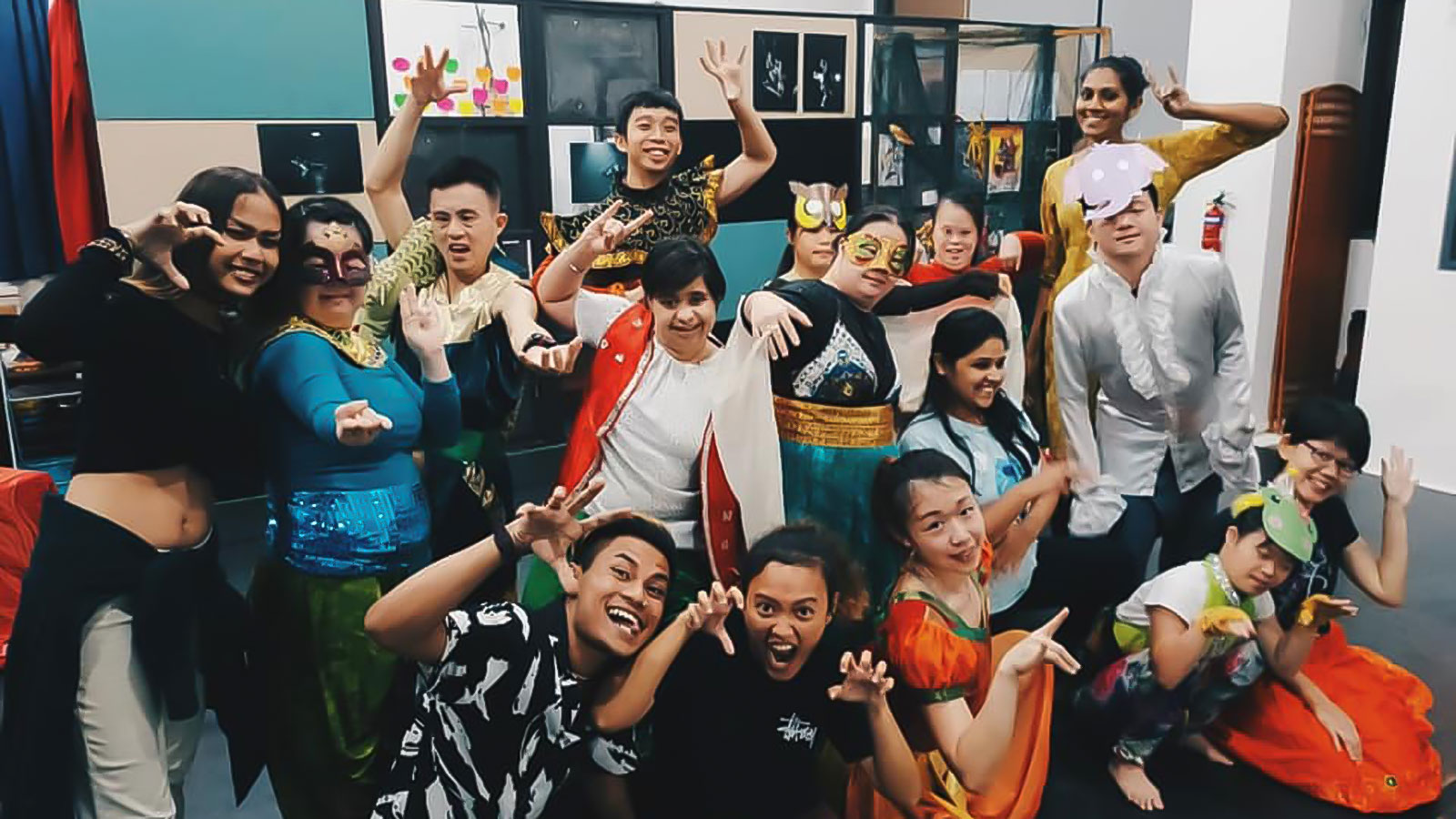“Dancing with masks is really not easy!” Subastian Tan exclaims as he takes a short break.
It is a Thursday afternoon and the 25-year-old dance trainer is in a studio with three other dancers preparing for a performance for Children’s Day.
They listen attentively to Tan and follow his lead, creating Bharatanatyam-inspired hand movements as they move gracefully around the room.
There is something different about these dancers though.
Most of these dancers from the Diverse Ability Dance Collective (DADC) have Down syndrome, and Tan, the programme leader, hopes to provide a platform for their stories to be shared with others.
Since Singapore’s Phase 2 reopening, these special dancers have started to meet for weekly studio rehearsals again, keeping to a reduced group size of five.
DADC, a division of Maya Dance Theatre (MDT), was started in 2018 to provide semi-professional dance opportunities for people of all abilities. It is a community initiative by the company to create a co-existing space for persons with disabilities and art-makers.
Sharing lived experiences
Tan, who recently graduated from SMU, works as a full-time project artist with MDT. He tells The Pride that he sees the special-needs dancers he works with no differently from any other performer.
He says: “When we tap on the perspectives, stories and backgrounds of each person, we get to see them holistically and that comes out through their dance, their art, their music.”
“We want people to recognise that everyone is unique and we have our own set of lived experiences and all of that is useful and worthy to be shared.”
For example, one member, June Lin, 36, recently created a solo dance piece in which she uses a chair as a prop to represent her older brother, who works long hours, to show her love for him.
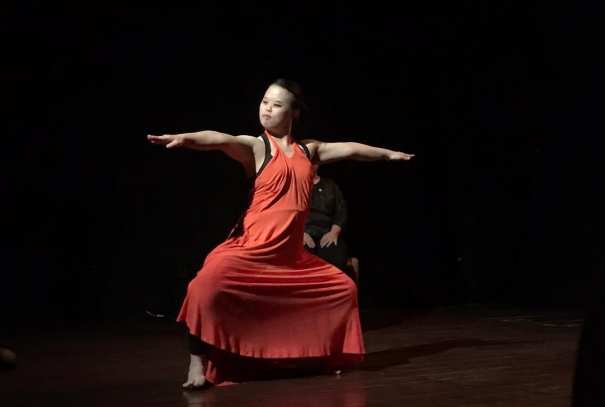
As programme leader, Tan manages the team of 15 dancers and trainers, planning dance training and workshops, as well as teaching them other employable skills like administration or wardrobe management.
Four of the DADC dancers are already working part time at Apsara Asia, an arts education social enterprise.
Dancing isn’t just a way of finding employment or expression, it enables the dancers to exercise. Being able to utilise different parts of their bodies increases their physical fitness as well as improves their confidence and self-esteem.
And Tan says that it is the little details, the small victories that keeps him inspired to continue working with the group.
He says: “One of our members used to keep her hands clenched tightly. It’s partly physical and partly neurological. Along the way, as she has been training with us through dance, she has learnt to open up her hands.”
Adapting to Covid-19
Right now, the dancers are rehearsing for “Mighty Mousedeer of the Forest”. In the performance, each dancer takes on the character of different animals.
Initially, the production was planned to be a live performance as part of the Arts in Your Neighbourhood programme spearheaded by the National Arts Council. But due to safe distancing measures, the live performance has been cancelled and DADC will be adapting the piece into a video recording, to be live-streamed for children and their families on Children’s Day.
Other stories you might like


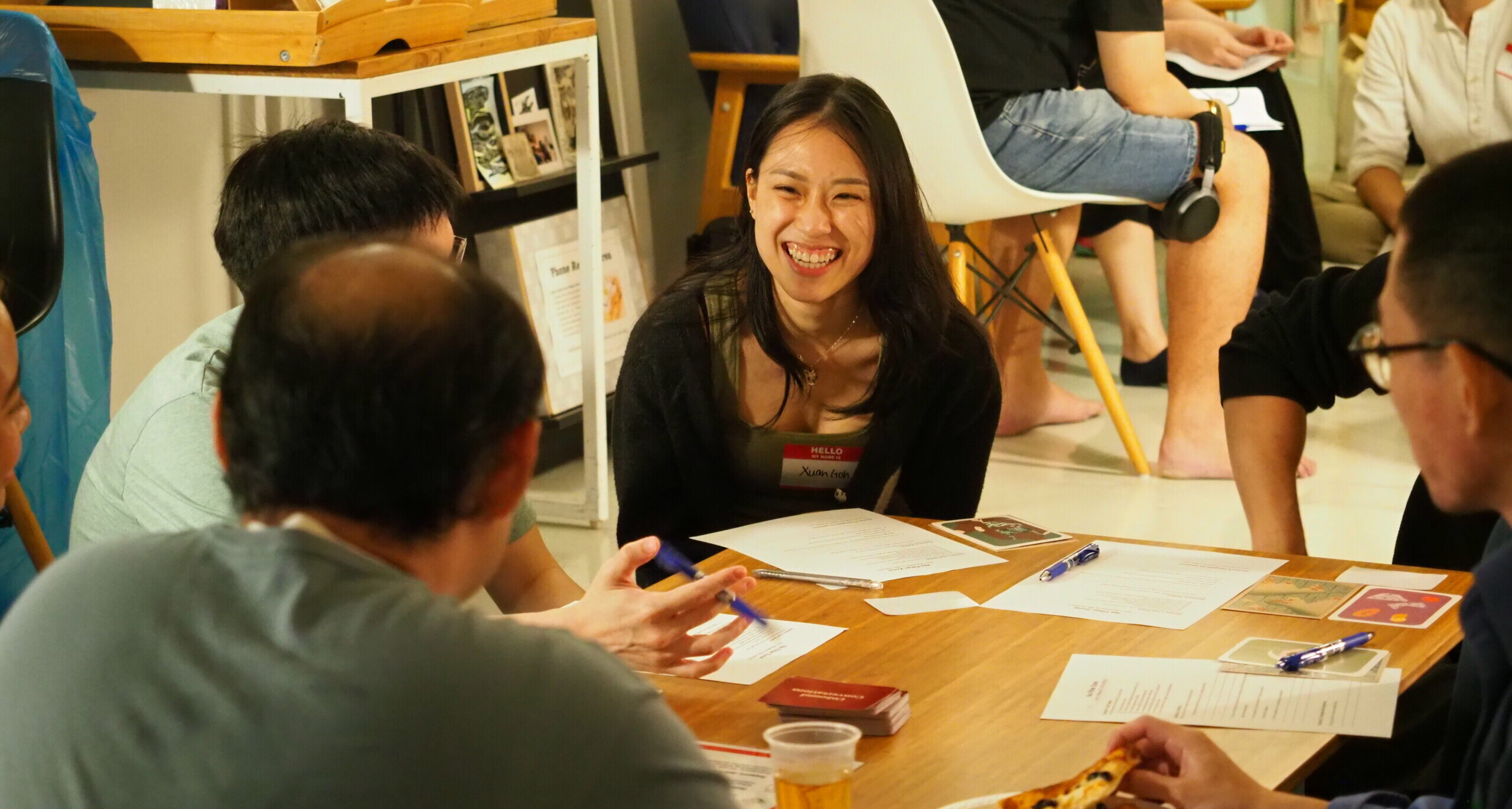
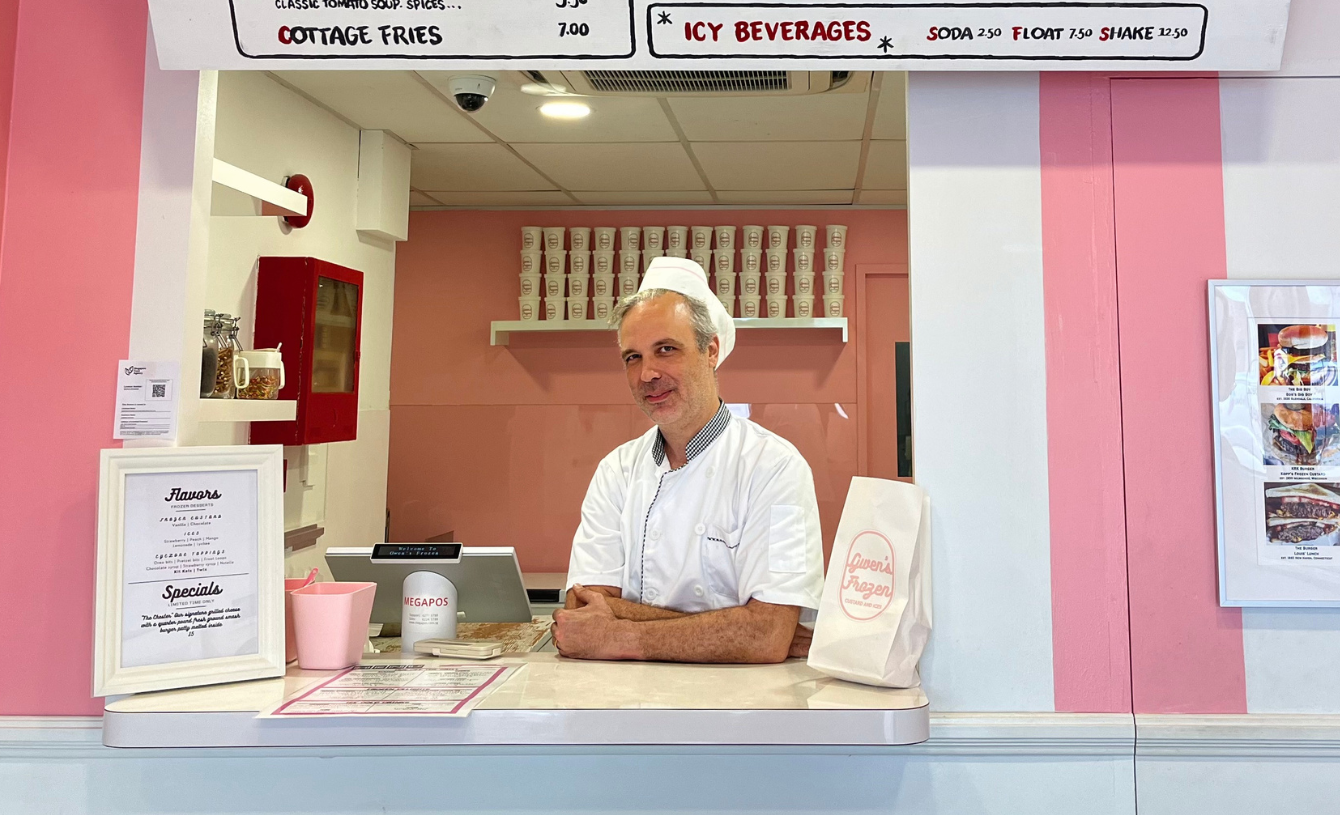
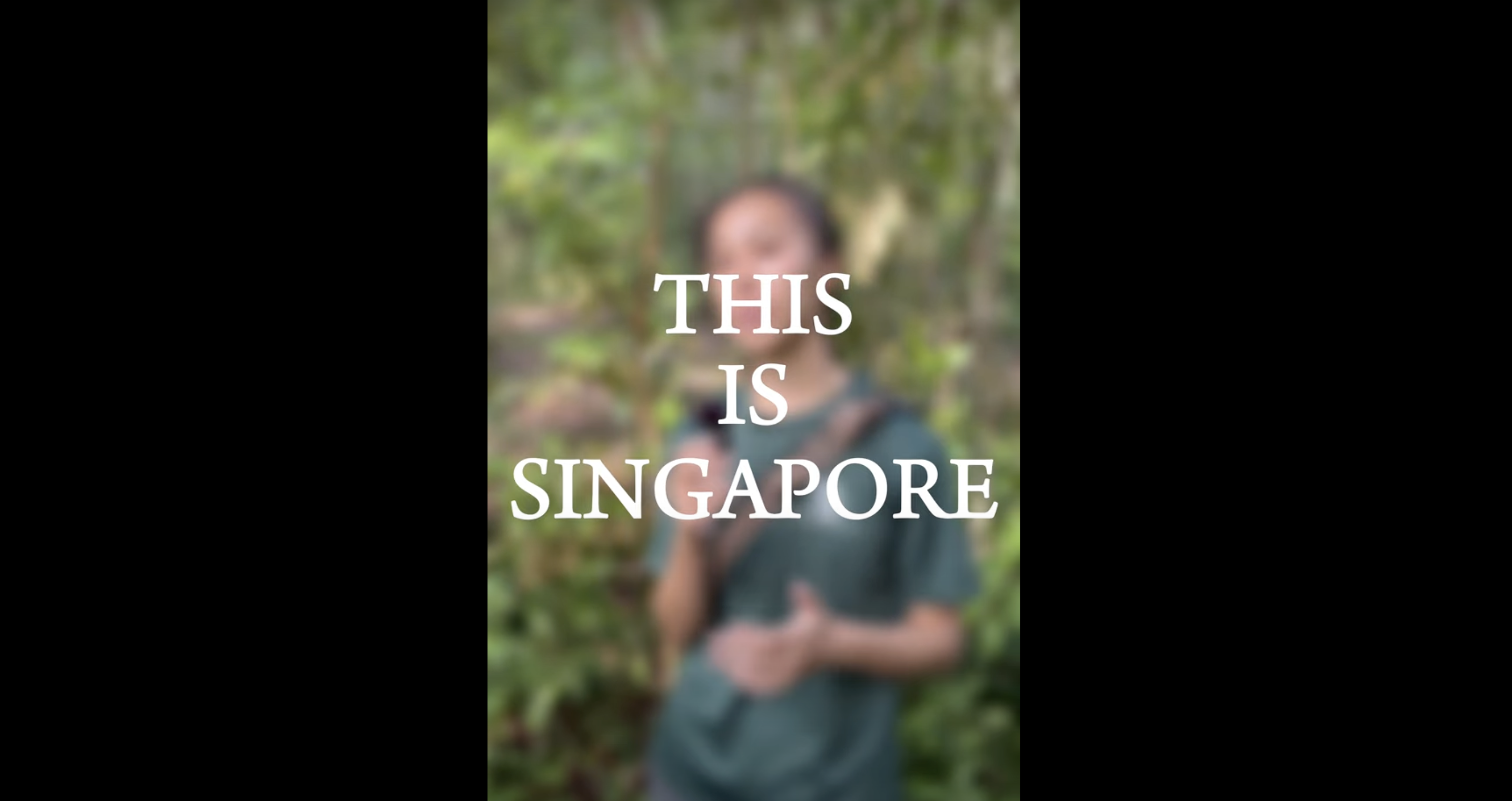
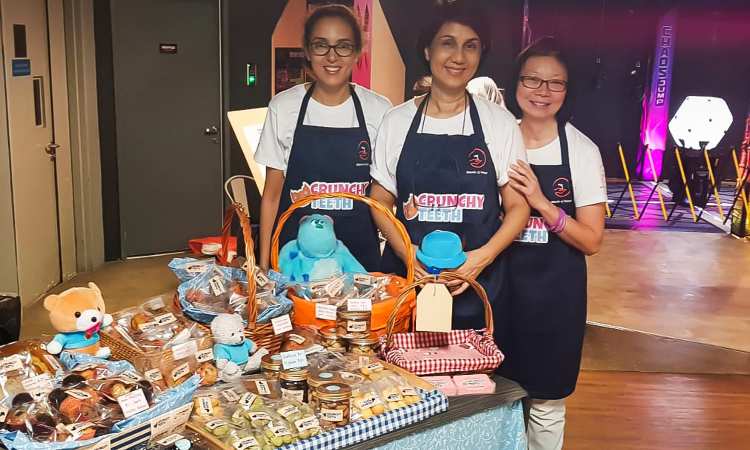
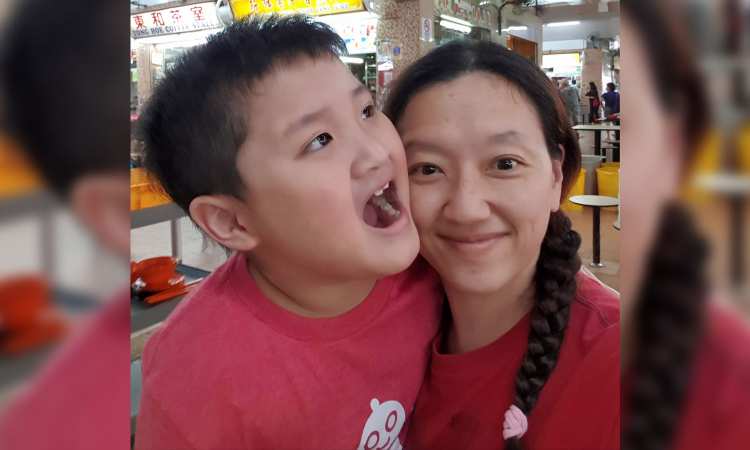
“There’s a bit of Indian dance nuance to it, so there might be some fun to play with the hand gestures,” Tan says, explaining that during the post-show activity, dancers will share some of the movements in the show.
“More importantly, because we are sharing the stage with persons with disabilities, I hope that children from a young age will get to see that they might be different, but we can still coexist, we can play with each other, dance with each other. And there’s nothing that’s stopping us from doing that.”
Adjusting to the changes in Covid-19 has not been easy for the team especially when live rehearsals were out of the question and they had to work on Zoom during the circuit breaker. Tan says that he needed to come up with new ways to train and rehearse.
“Instead of exploring movements, we were talking a lot more about how the characters are feeling and responding. We were observing each other a lot more as well, because we can’t all dance at the same time. It’s taken a slightly slower pace, but it’s allowed us to go deeper into our practice,” Tan says.
“The dancers have a lot of passion and drive. Ultimately, the discipline to train still has to come from them, whether online or in studio, as things keep changing.”
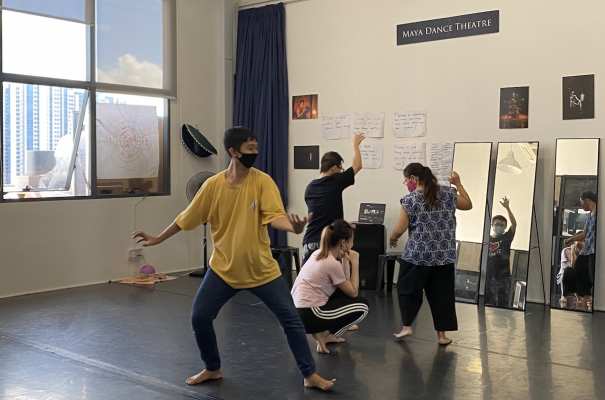
Giving back to the community
Despite not being able to meet, DADC took the initiative during the circuit breaker to give back to the community. The team facilitated and recorded simple hand and body exercises to be shared with the elderly in nursing homes and senior activity centres to keep them physically active.
Tan says, “As much as we are receiving support in our programmes, we want to give back as well and we encourage the dancers to contribute in their own way. That’s why we thought of this movement programme to share what we do best – dance.”
While he is the programme leader, Tan says that he gives his dancers chances to take the reins. This can come in small things, like leading the warm-up section during training, to bigger responsibilities, like co-training a class of students.
“Whenever there are opportunities, it’s important for us to guide them into these roles so that society can normalise seeing persons with disabilities in leadership roles,” Tan says.
It is visible from the way the team interacts that DADC is very much a family. Tan shares that it warms his heart to see how everyone looks out for each other. As he is usually busy with many activities, one member, Arassi Rajkumar, 27, who affectionately calls him “Sub”, often reminds the team to take a break.
“She might buy a small snack and leave it in the office and say, ‘remember to eat ah’. Each of them show their love in different ways to each other,” Tan says.
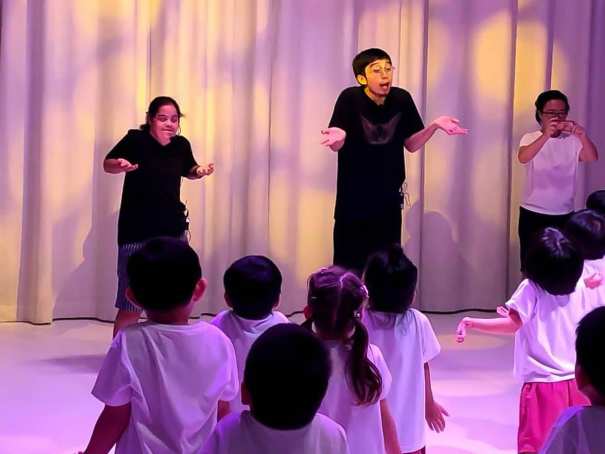
The DADC dancers have hopes and dreams too. For example, another member, Chen Wanyi, 31, who works part-time with Apsara Asia and has a housekeeping job at a hotel on Sentosa, tells The Pride that she hopes to work in the fashion and music industry.
“It’s hard for me to stay focused on one thing. I prefer to take it slow, step by step. Once I reach my goal I can reward myself, give myself a treat and treat my DADC family to enjoy the moment and have fun,” Chen says.
She adds: “They make me happy. I like to laugh with them, smile with them. They inspire me… We learn together and they also teach me. We really get along with each other and we just like having a conversation together.”
If you like what you read, follow us on Twitter and Google News to get the latest updates.
